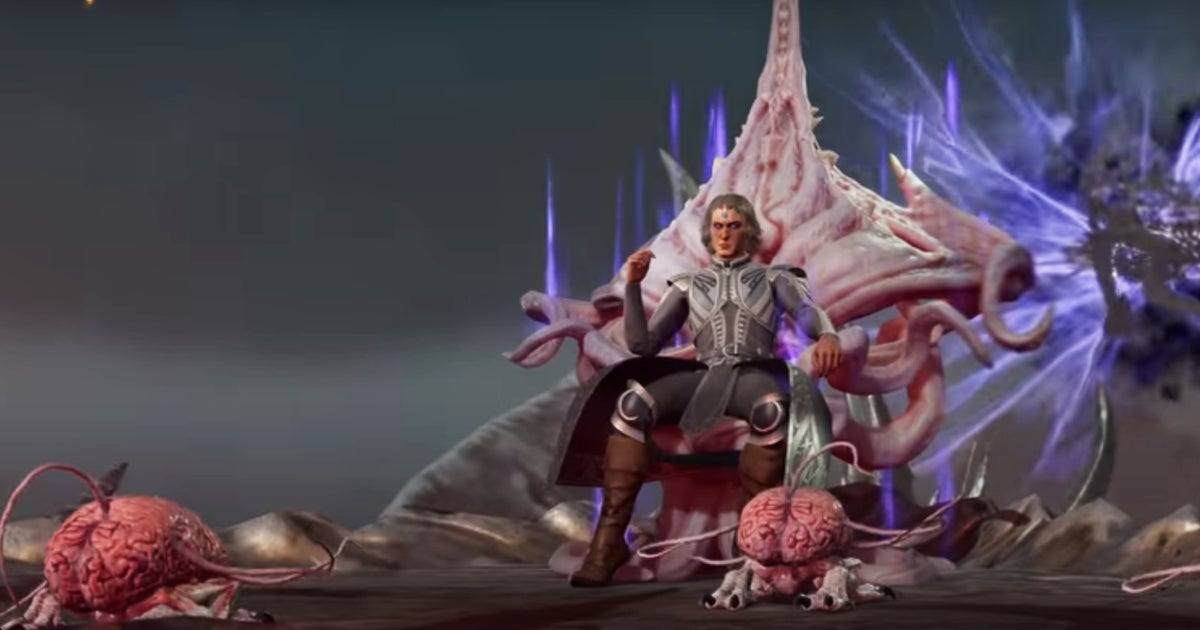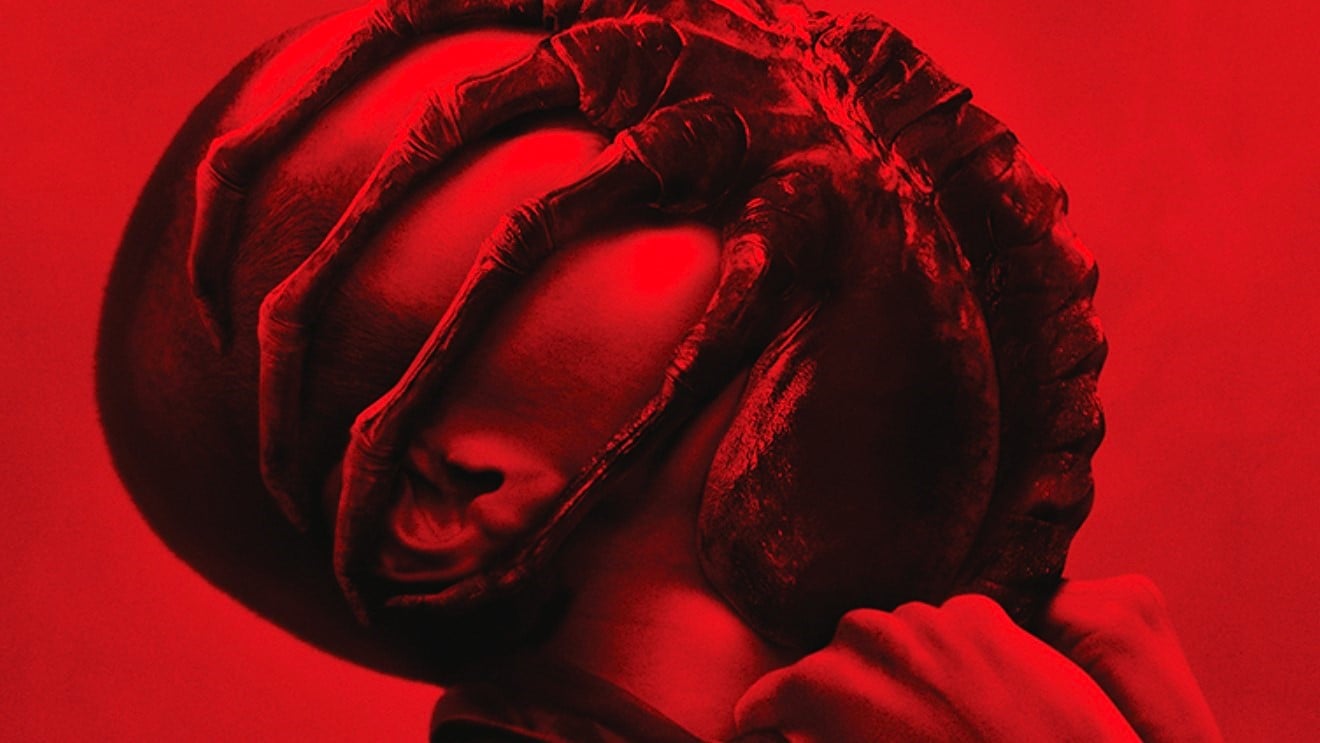After the Belgian developers from Larian Studios with Divinity: Original Sin and especially its successor finally achieved not only the breakthrough, but also the big hit, the likeable boys and girls can now try their hand at the sequel to Baldur’s Gate. They keep their old gameplay, but expand it vigorously in all directions.
To get one thing straight up front: yes, Baldur’s Gate III is unmistakably the official third part of the Baldur’s Gate series, but it also differs in many ways from its two predecessors. The new role-playing game in the world of Dungeons & Dragons comes from Larian Studios, who have made a name for themselves in the world of Divinity with their highly acclaimed games.
The new Baldur’s Gate shows accordingly less resemblance to parts 1 and 2 and more so with Original Sin and especially the masterpiece Original Sin 2. Which is not bad at all, on the contrary, because the game principle fits the world of Baldur’s Gate like the proverbial fist on the eye. And the current, extremely positive reviews of users who dared to try the game, which is still heavily buggy, speak for themselves.
The character editor
If you’ve never played the two aforementioned games from the Divinity universe, let’s quickly explain what awaits you in Baldur’s Gate III. At the beginning you create your own character who can belong to one of six different races, almost all of which are still divided into subcategories. In addition to the appearance, you also determine your origin, your specializations, character traits and a few other details, all of which have more or less advantages and disadvantages.
The sheer amount of possibilities when creating the game figure alone allows for very different figures, which naturally increases the replay value enormously. Indeed, all of these settings have an impact on the game. Whether you are an elf, drow, dwarf or halfling, from a noble family, a street child or a wise scholar and whether you worship that deity or that deity is relevant again and again in the course of the plot and gives you different approaches depending on the area, Options
Some details of your character can even change entire missions, others have only minor effects, such as a new comment here or an additional conversation option there, but ultimately there is no aspect of the character creation that later turns out to be completely irrelevant. Merely the possibility of equipping female characters with beards and male voices made no difference, at least in our session, but the purely visual aspect is the exception here anyway, which confirms the rule.
About the gameplay
Have you spent your first hours of play creating your character, you will be sent into the wide world of Baldur’s Gate III, receive your MacGuffin, so the reason why you should even bother to follow the main quest, and get to know some of the possible companions already in the first few minutes of the game, who will or can be by your side on your way. These warriors cover all main classes, have their own story and, as far as we can currently judge, also their own questline. And above all a very personal moral compass.
Overall, you can put together a team of four fighters, each with their own skills, spells and attributes, which you can influence at least minimally with each level up. You then explore the world together in real time, but the battles take place on a turn-based basis. Your initiative determines the order in which the pieces are to move, and then brainpower is required. Because Baldur’s Gate III, like the original Sin 1 and 2, is anything but easy.
After a few first, relatively simple fights, the level of difficulty increases enormously and your opponents begin to combine their powers and skills. It is not uncommon that your ranged fighter is suddenly condemned to be blind by a magical cloud of smoke, while oil pours over your melee fighter and this is then set on fire by a fire arrow.
Which means that you yourself have no choice but to imitate the enemy and, before each click, you should carefully weigh what you are doing, where you are doing it and above all to whom you are doing it. After a few hours of play, there is no longer a fight in this game that does not require you to think carefully about your own steps and effectively combine the available forces. Which also means that you should think more than one thing before deciding on this spell instead of that as you level up.
The possibilities to combine different attacks and magic are a lot more extensive than was the case in Divinity: Original Sin 2, and with it the approaches with which you can win a fight increase. In general, there are significantly more spells than before, and you unlock a large number of them very early on, which could be a little overwhelming for beginners in the first few hours of the game.
After all, depending on the class, it is difficult enough to keep an eye on the multitude of tactical options, to have to read and plan the descriptions of the spells and abilities of three other characters. This can be time consuming and potentially a little frustrating. Compared to the last game by Larian Studios, not only has the scope been expanded, but also some fine adjustments to the combat system have been made to improve the fun of the game.
You still have a limited radius of action per turn, but this is no longer determined by action points. Instead, you can generally perform two to a maximum of three actions in each round: a main action, i.e. a spell, an attack or the like, and a side action, such as jumping, dipping the weapon into an element, knocking an almost defeated opponent unconscious instead of him killing a defeated friend, and so on and so forth. And sometimes there is a third bonus action, for example when you equip a second one-handed weapon in the off-hand and use it to carry out another attack.
The approach to death is also new because now every time your life points drop to zero, you have the chance to cling to life and be lifted up by a comrade. Only when you fail with such a saving throw, which is repeated every round and after every further attack on your character, are you finally defeated and must be revived with a scroll or a spell.
But also outside of combat, the different powers and skills as well as the knowledge of your characters are extremely important. Be it to persuade or deceive NPCs, to discover traps, to pick locks, to translate old texts or simply to flex your muscles. It is the same with your decisions, which always have at least superficially relevant effects in later missions or in certain encounters.
Graphics
Baldur’s Gate III looks fantastic in places. The details in the game world are simply stunning in places. Up front, however, the effects of spells and abilities should be praised, which can only be described as eye candy. There are only deductions for some creepy stiff facial expressions of NPCs and the many bugs that Early Access still has to suffer from and that can lead to terrible disfigurements.
It was not uncommon for us to run through clipping errors that belong to the horror category, NPCs that bloated into trapezoids, and glitches for which I have no words. However, since this is still a very early Early Access version, we firmly assume that these problems will vanish in the next few weeks.
What then remains is a beautiful game that has little to complain about. At most, the plot is not quite as mature as we would have liked. The overlaps of Divinity: Original Sin 2 and Baldur’s Gate III are partly impossible to assign at all, which is already apparent in the tutorial. Both games start on a ship, for example, and then continue on a beach.
As someone who played through the last Divinity many times, I feared for a moment that I would see the festivities and a little clerk who wonders if the famous captain is also known by the name “The Ax”. No, it is “The Hammer” here. What the Larian Studios may at first be interpreted as a lack of imagination, later turns out to be the self-irony so typical for the developer studio, with which they copy themselves and their stories in slightly modified form and thus wink conspiratorially at their loyal fans .










